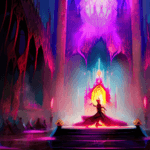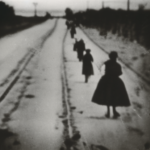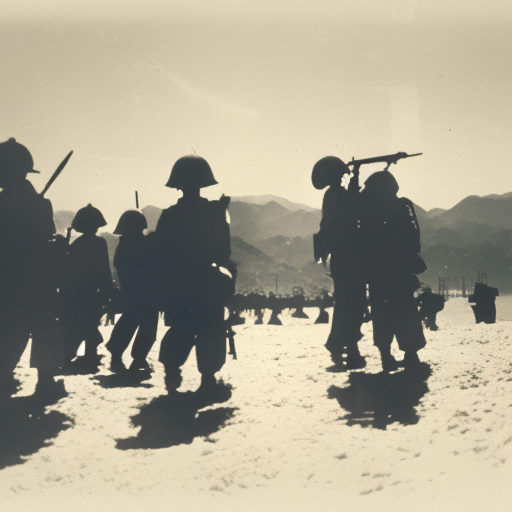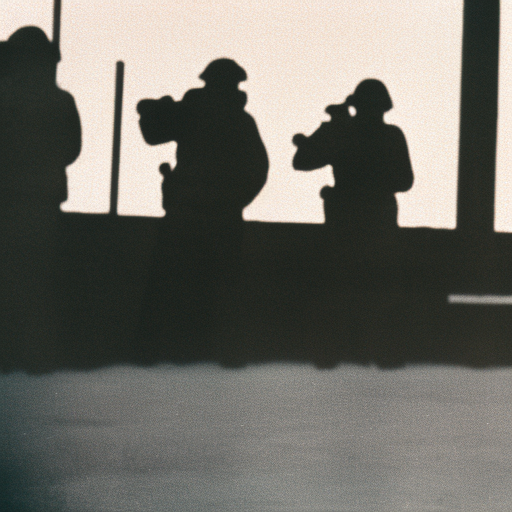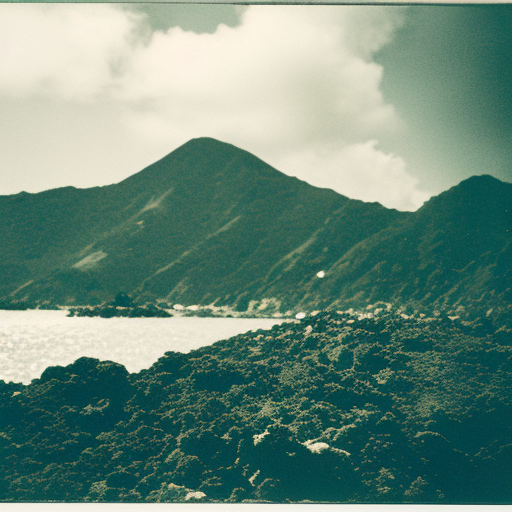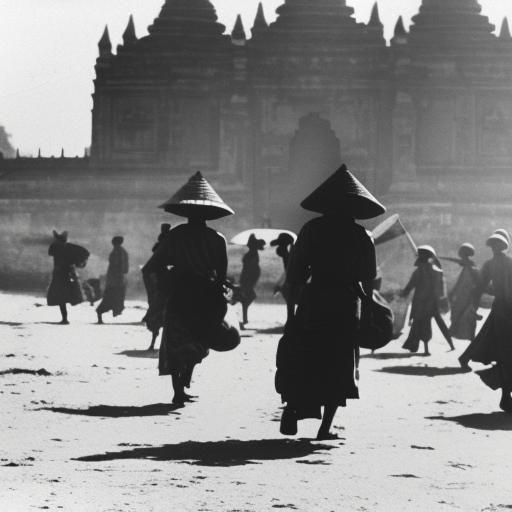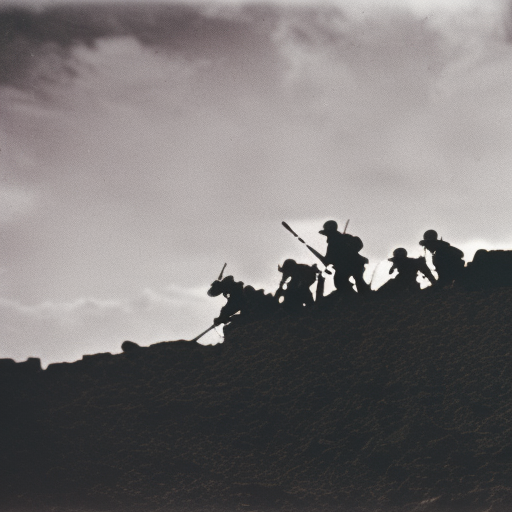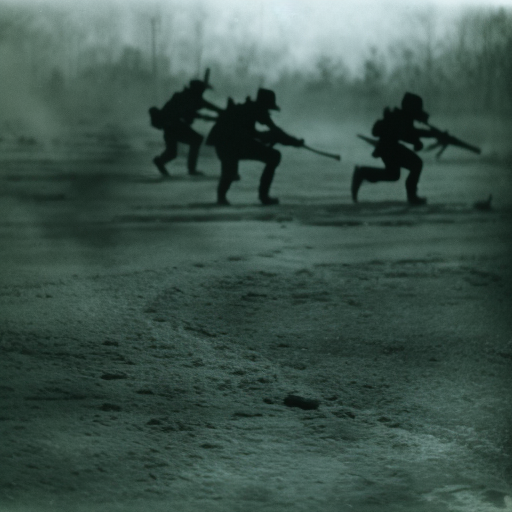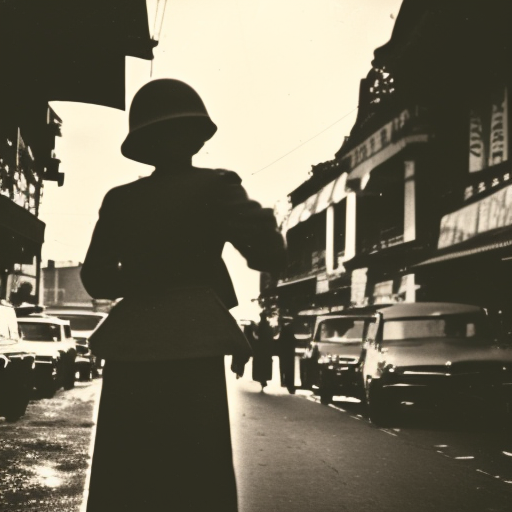The Second Sino-Japanese War was a conflict between China and Japan from 1937 to 1945, resulting in widespread devastation and ultimately leading to Japan’s defeat in World War II.
Mukden Incident Explained
The Mukden Incident was a staged event in 1931 that Japan used as a pretext to invade Manchuria, marking the beginning of their expansionist policies in East Asia.
Volcano and Ryukyu Islands campaign Explained
The Volcano and Ryukyu Islands campaign was a series of battles during World War II that aimed to capture strategic islands and secure air bases in the Pacific.
Burma campaign Explained
The Burma campaign was a series of battles fought during World War II between Allied forces and the Japanese Empire in Burma (now Myanmar).
Battle of Iwo Jima Explained
The Battle of Iwo Jima was a major World War II battle fought between the United States and Japan for control of the strategically important island of Iwo Jima.
Battle of Buna–Gona Explained
The Battle of Buna–Gona was a significant World War II battle fought between Allied forces and the Japanese in Papua New Guinea.
South-East Asian theatre of World War II Explained
The South-East Asian theatre of World War II was a significant battleground where Allied forces fought against the Japanese Empire for control over the region.

